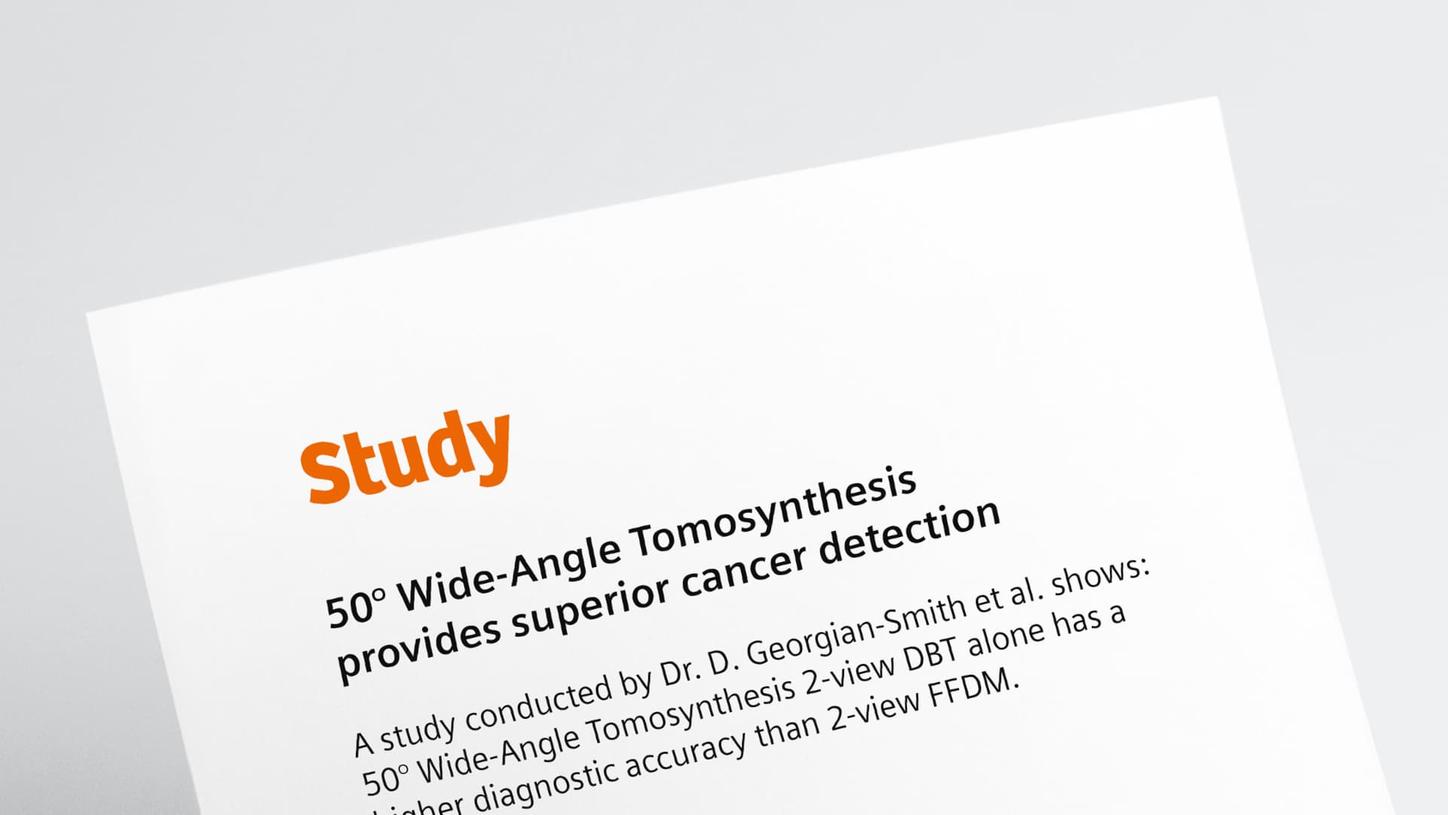With our 50° Wide-Angle Tomosynthesis, you benefit from a superior, highly accurate method of cancer detection that allows you to diagnose with confidence. This will result in excellent outcomes for breast care professionals, for radiologists, and – most important – for the many women and their families personally affected by breast cancer.
We at Siemens Healthineers know that with 50° you realize the full potential of tomosynthesis.














